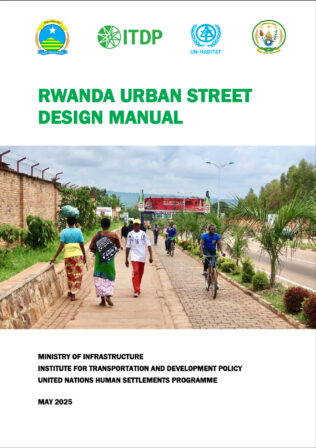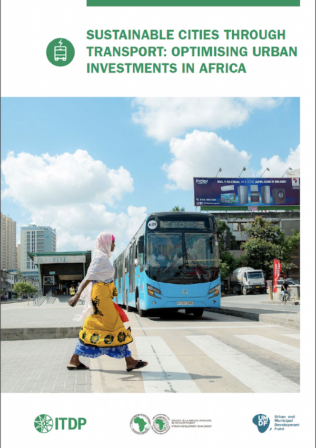Gender-sensitive design for the Cairo BRT
Greater Cairo faces rising congestion, pollution, and a lack of access to opportunities. Responding to these issues, the New Urban Communities Authority (NUCA), in partnership with the United Nations Human Settlements Programme (UN-Habitat), the United Nations Entity for Gender Equality and the Empowerment of Women (UN Women), and the Institute for Transportation and Development Policy (ITDP), are planning a bus rapid transit (BRT) system in Greater Cairo. In the initial phase, the BRT network aims to provide improved connectivity between the new community of 6th of October City and central Giza and Cairo.
Until recently, transport planning and operations have tended to take a “one-size-fits-all” approach, assuming that men and women will benefit equally from improvements in transport services. In reality, women and men have different expectations from a transport system and different perceptions of security. To develop a better understanding of the challenges faced by women while using the transport system, the ITDP and UN-Habitat conducted a series of surveys and focus groups with commuters in the city.
Turning to solutions, focus group and survey participants noted the importance of safe spaces throughout the journey, starting with dedicated sections for women on road-based public transport vehicles, similar to the dedicated women’s carriages in the Cairo metro system. Participants called for expanded public transport fleets to address overcrowding and improve reliability. Complaint redressal systems are needed to ensure that perpetrators are brought to justice. Safe, universally accessible footpaths with adequate lighting and shopfronts that offer an “eyes on the street” effect are needed to improve security during the walk to public transport stops and stations.
Addressing the challenges faced by women will require a joint effort by multiple agencies that play a role in the planning, design, and management of the transport system. The BRT agency, housed under NUCA, can lead the effort to ensure that BRT physical designs and operations are responsive to women’s needs, including those of persons with disabilities. The BRT agency can lead communication campaigns to prevent harassment and inform women about available resources. The BRT agency also can set standards for women’s employment in BRT operating companies. Creating a more secure, accessible pedestrian environment is a mandate of local bodies wherever BRT corridors pass, including the Giza Governorate and 6th of October Authority. Ongoing enforcement and complaint redressal will involve the police in partnership with frontline staff of the BRT operating companies. Through collective action, stakeholders in the transport system can ensure that transport services offer a secure environment that opens up opportunities for women’s mobility and access.




